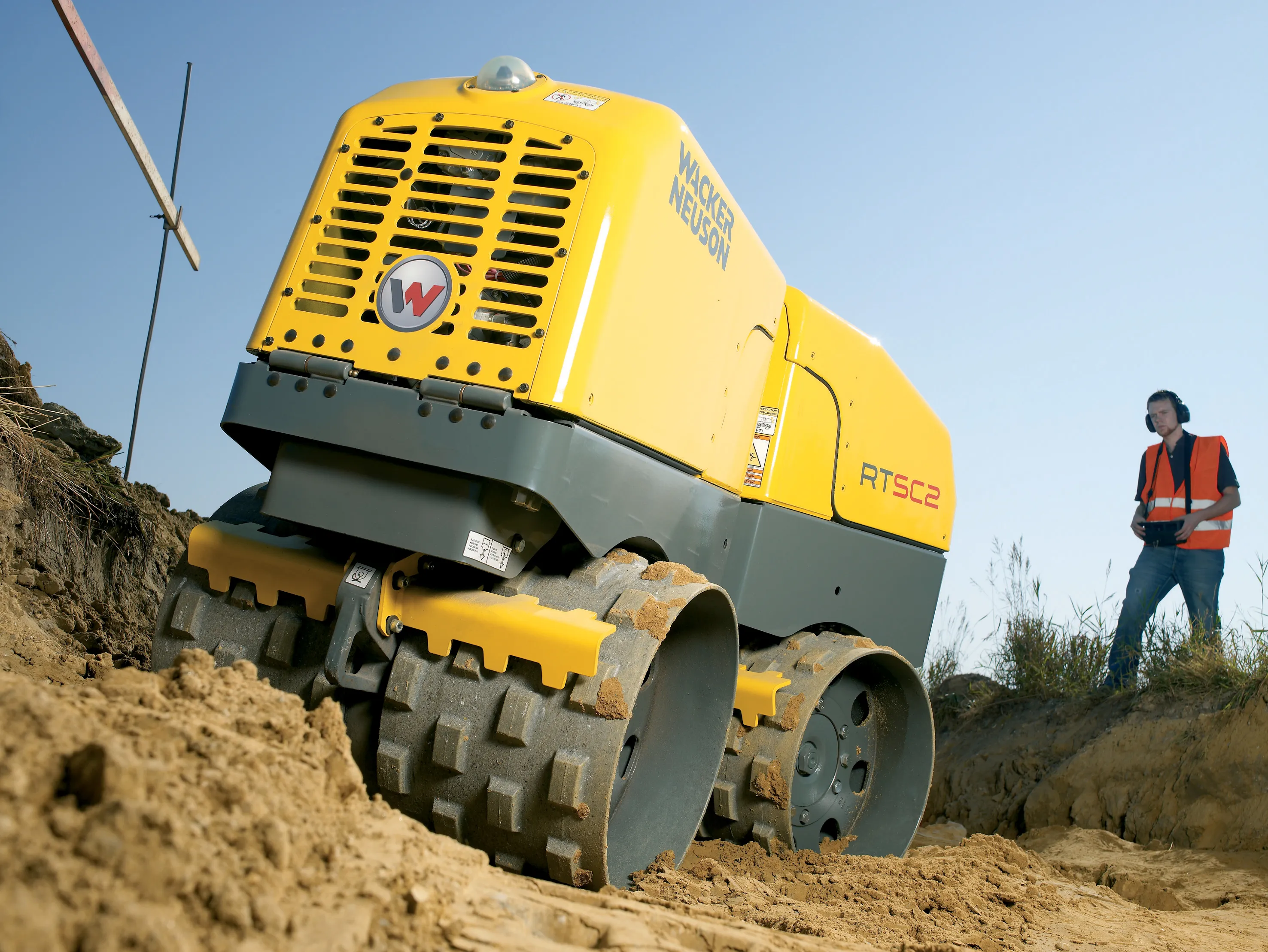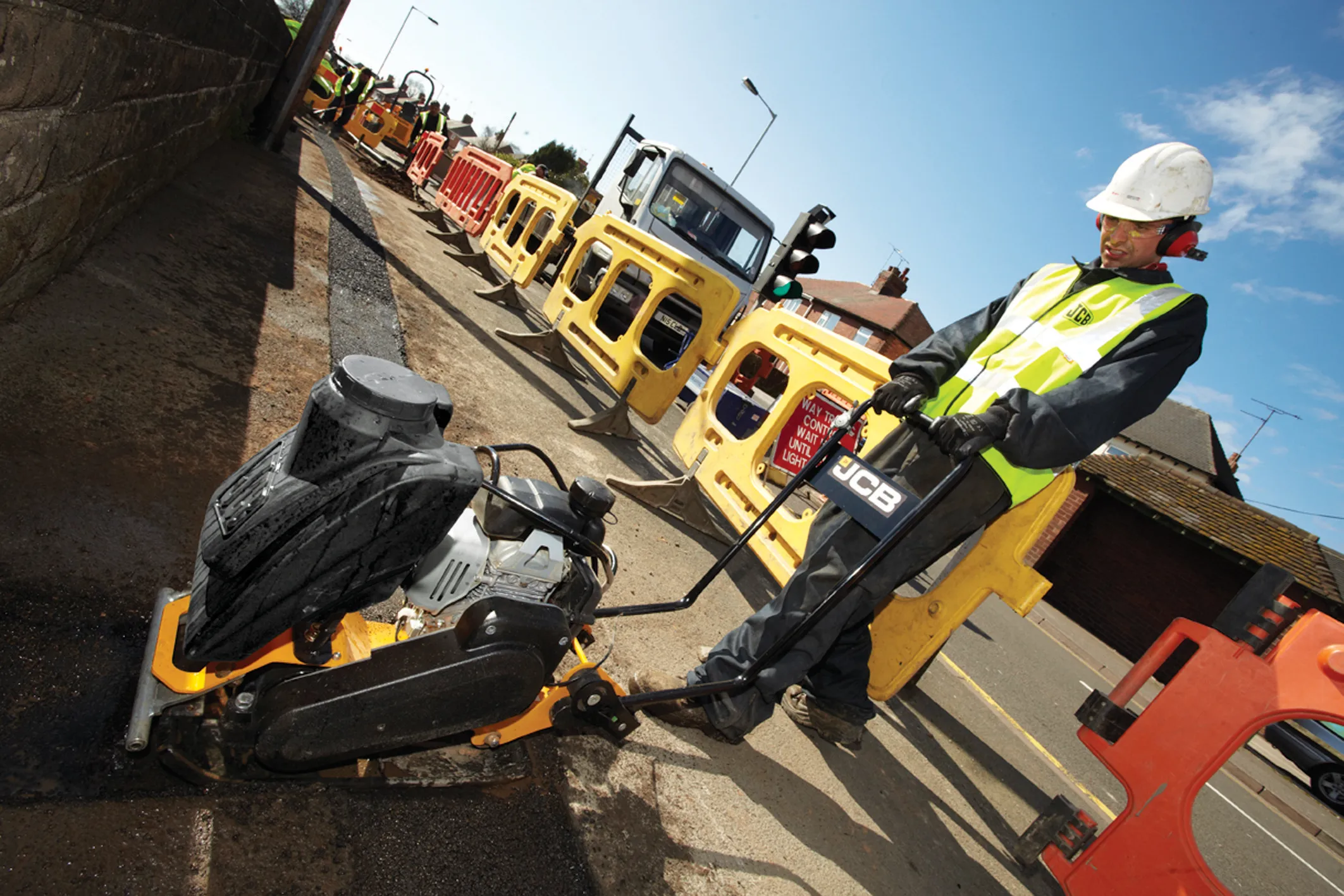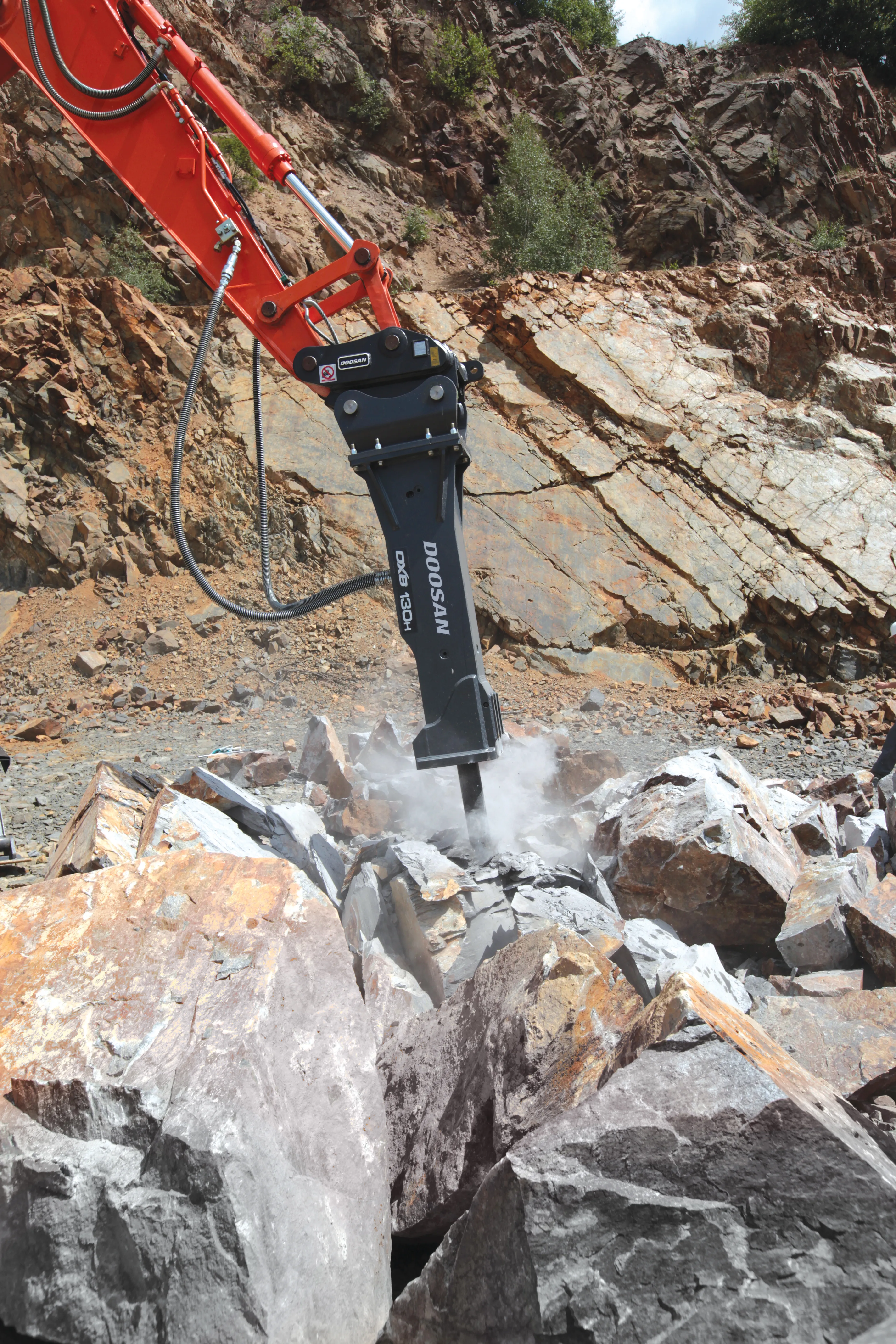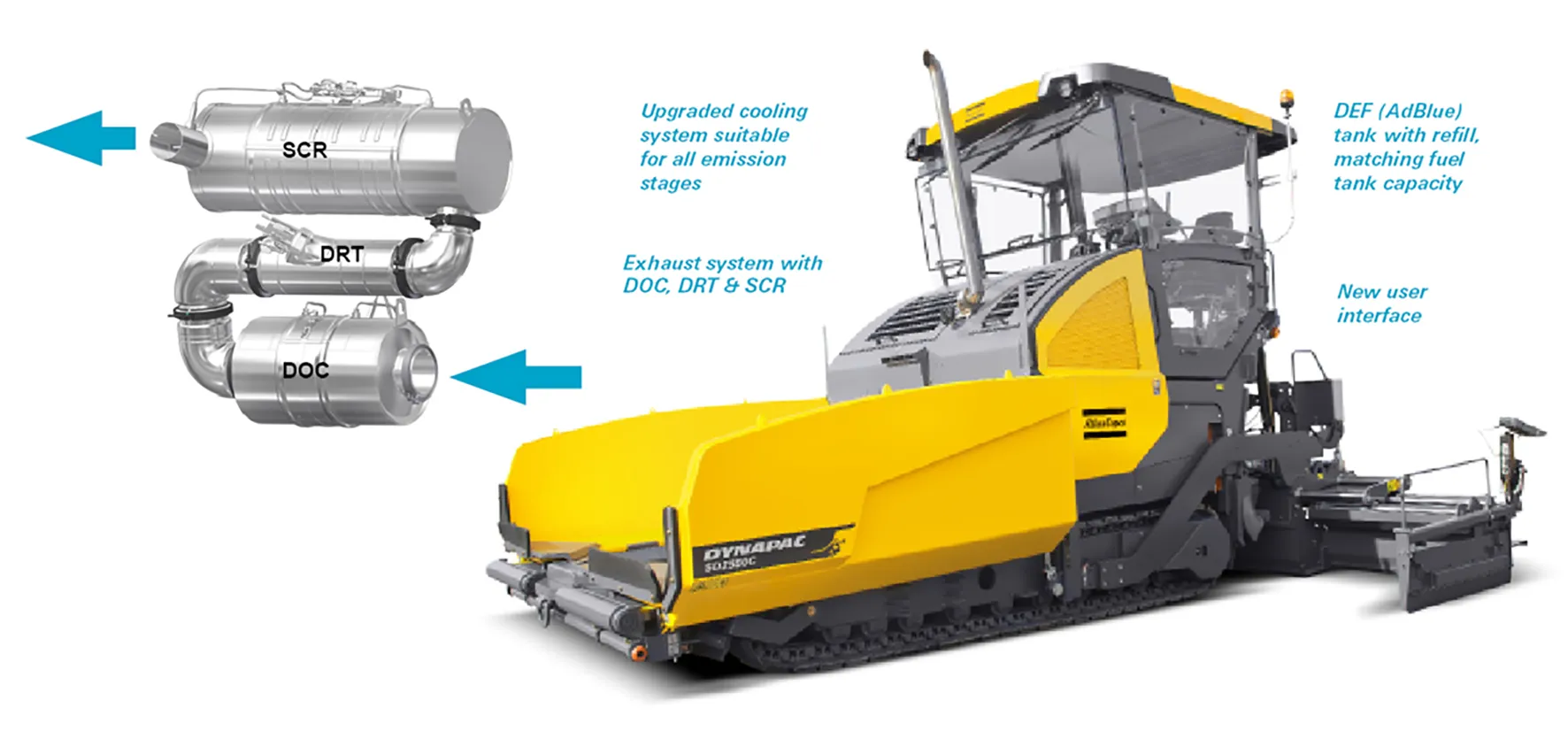Chicago Pneumatic’s new CPS 2.0 portable air compressor is said to combine robust build quality with easy, efficient and environmentally friendly operation. It’s designed for use on construction sites and in similarly demanding environments where a convenient and reliable source of compressed air is required.
May 22, 2014
Read time: 2 mins
To ensure the portable compressor can be conveniently positioned wherever it’s needed, the CPS 2.0 features high ground clearance, which allows it to be towed easily over difficult terrain. The compressor also includes a lifting point so that it can be moved into place by crane if necessary.
The new compressor has a simple but effective control panel incorporating a start switch, hours-run counter, pressure gauge and control light, and offers hassle-free starting.
Other key features include a spillage-free frame that ensures no oil, coolant or fuel can leak onto the ground and cause contamination; modular construction that allows easy customisation, if required; and a top cover with a large angle of opening to provide easy access to all major components for maintenance.
Stringent measures have also been taken to maximise the reliability of the fuel supply system. The translucent 28litre fuel tank, which is marked with five-litre gradations to allow easy checking of the fuel level, is removable for easy cleaning.
The CPS 2.0 uses a fuel-efficient
Options include a fixed tow bar with overrun brakes and a utility mount.
Chicago Pneumatic also offers a large range of pneumatic tools that are Ideal for the use with the CPS 2.0 compressor, including, amongst others, chipping and rotary hammers; core and surface rock drills; pneumatic breakers; rivet busters; scabblers; tampers and concrete vibrators.









